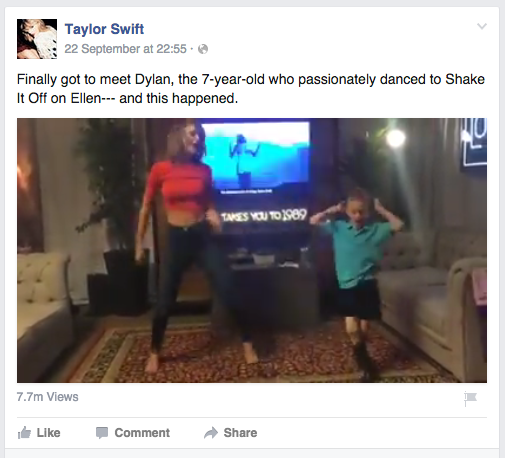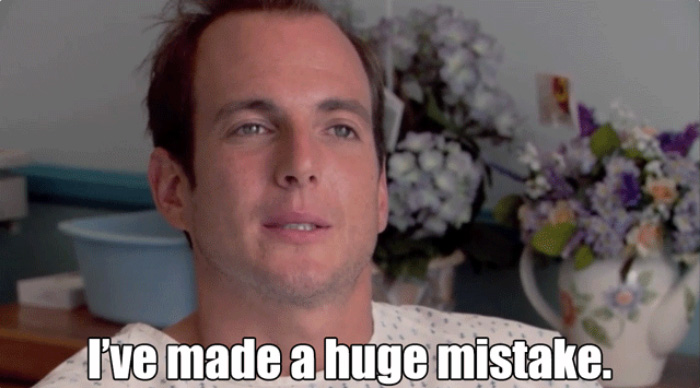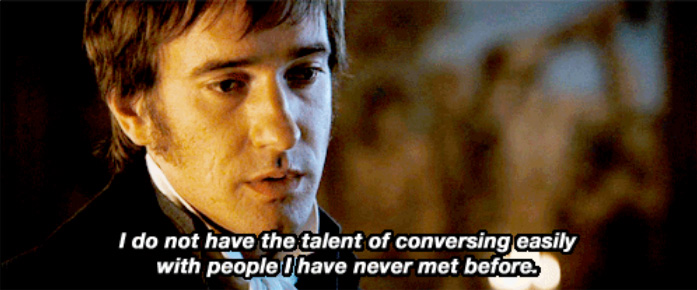Whether you’re preparing to launch a new business venture or you’re already up and running, a public relations strategy to boost the exposure of your brand should sit snugly inside your long-term business plans.
When we work with new clients, before delving into the nitty gritty process of media pitching, we help companies to write and prepare a media kit, or press kit, to help introduce them to members of the media.
Of course, this is something you can do yourself, although we would recommend engaging an agency to assist you in the process. We deal with the media on a daily basis, and know exactly what they need and what they’re looking for!
What is a press kit?
A physical or digital press kit is a thoughtful curation of vital information about your brand and organisation – from a company biography, biographies of key business leaders and photos.
A digital press kit is everyone’s preferred method of information distribution, as this makes it easy to send out to journalists. Its content can also be updated quickly when the need arises. A physical press kit offers more room for creativity, and is generally used when you’re meeting members of the press face-to-face.
When on a budget, forget about the fancy, extravagant physical kits that may cost a little to design. Begin with something simple like a Dropbox or a Google Drive folder.
Put yourself in the shoes of a journalist
With packed schedules, journalists rarely have the luxury of time to sift through a massive amount of information to piece their stories together.
It’s never good news if they have to look beyond your press kit to get basic information, even for details like your store address or your opening hours. This is why the information in your media kit needs to be clear, concise and easy to access.
There are a range of things that can go into your press kit, but make sure you don’t forget the following essentials:
- Your company biography
Imagine telling someone the story of your business. Share how you started, when you started, what sparked your business idea, and the gaps or problems you address through your solutions or products.
Present all of that information in a succinct paragraph or two of text, and drop them in your press kit. While this information may not always be published as part of a journalist’s content, it offers clear insights to your company’s background and of course, to what you do. It will also help them decide whether you are someone they might want to interview for articles they have coming up.
- Biographies of key company representatives
You need to introduce your business’s key founder or spokespeople, so the media know who the best people are to interview. Include the profiles of any key players whose profiles you’d like to raise through their biographies – such as the founder, the CEO, or the MD.
Don’t forget to include their photographs, as well as succinct information about their professional histories and one or two more personal details. This will give the media a good all-around idea of who they are.
- Your brand logo
Include this in various colours, sizes, resolutions and formats, if you can!
This will allow journalists to publish your logo along with their content in the most suitable form, whether it’s in the print or online medium – or if you’re lucky, on both platforms.
- Any relevant existing company press releases
From a product launch announcement to the introduction of a new member in the organisation – if you’ve got it, include it. The key here, though, is to ensure any press releases are relevant.
They can be a fantastic point of reference for the journalists to work off for their stories, and past releases can also be filed away as the journalists’ own sources. When the potential opportunity for a story relevant to your product or expertise arises, your company stays at the top of the journalists’ minds.
- Your contact details
Think about who the media should contact, over the phone or email, should they have any queries pertaining to your business or press materials. This person needs to be someone who is knowledgeable about your products, easily contactable, and can also quickly revert to the media in the shortest time frame.
- Other relevant product photos
If you’re launching a new product or have existing products, consider including some professionally taken product photos. Hire a proper photographer if you can – no journalist will want to publish dimly lit or poorly taken iPhone snaps.
These photos can also be reused for other purposes such as on your website or for social media purposes, so it’s usually worth the investment.
If you would like help launching a PR strategy for your business or startup, get in touch with us at [email protected]










